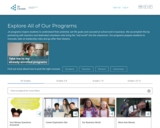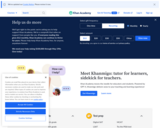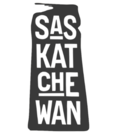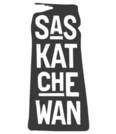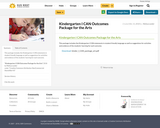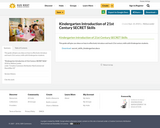
'A Journey into Time Immemorial' is based on the story of Xá:ytem Longhouse in Mission BC in the Fraser Valley just east of Vancouver BC. Simon Fraser University worked closely with the staff at Xá:ytem to produce this award winning website. It is an artistic and cultural interpretation and is not meant to convey precisely accurate archaeological information. Contemporary archaeologists view First Nations as partners and value oral traditions as a source of information about the past that augments the scientific approach.
- Subject:
- History
- Indigenous Perspectives
- Native Studies
- Social Studies
- Material Type:
- Activity/Lab
- Diagram/Illustration
- Homework/Assignment
- Lesson
- Reading
- Unit of Study
- Author:
- Simon Fraser University Museum Of Archaeology Ethnology Xa Ytem Longhouse Interpretive Centre Learning Instructional Development Centre
- Date Added:
- 11/05/2018
